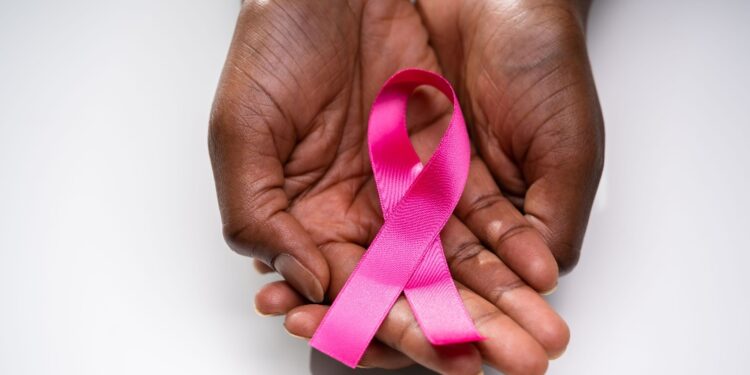Every October, the world turns pink to mark Breast Cancer Awareness Month — a time dedicated to spreading awareness, encouraging screenings, and supporting those affected by the disease.
Breast cancer remains one of the most common cancers among women worldwide, but early detection and awareness can significantly improve survival rates.
Here are six key causes and symptoms everyone should know to stay informed and proactive.
1. Genetic factors
A family history of breast cancer can greatly increase your risk. Mutations in the BRCA1 and BRCA2 genes are known to raise the likelihood of developing both breast and ovarian cancers. If breast cancer runs in your family, it’s important to talk to your doctor about genetic testing and preventive measures.
2. Hormonal imbalance
Prolonged exposure to estrogen, such as through early menstruation, late menopause, or hormone replacement therapy, can increase breast cancer risk. Maintaining hormonal balance through regular checkups and a healthy lifestyle can help lower this risk.
3. Lifestyle choices
Certain lifestyle habits can contribute to breast cancer development. Smoking, excessive alcohol consumption, poor diet, and lack of physical activity have all been linked to a higher risk. Adopting a healthy lifestyle with balanced nutrition and regular exercise can be a powerful preventive step.
4. Lumps or thickening in the breast
One of the most recognised symptoms of breast cancer is the appearance of a lump or thickened area in the breast or underarm. While not all lumps are cancerous, any unusual changes should be checked by a healthcare provider immediately.
5. Changes in breast shape or skin
Pay attention to changes in breast size, shape, or skin texture. Symptoms such as dimpling, redness, or peeling around the nipple can indicate underlying issues. These visual signs are often early warnings that should not be ignored.
6. Nipple discharge or inversion
Unexpected nipple discharge, especially if it’s bloody or clear, can be a sign of breast cancer. Similarly, a nipple that suddenly becomes inverted (turns inward) can signal an abnormality in the breast tissue.
Early detection saves lives
Breast cancer is most treatable when detected early. Regular self-examinations, mammograms, and clinical screenings are essential for early diagnosis. Encourage your loved ones to get screened and educate others on the importance of awareness.
This Breast Cancer Awareness Month, let’s commit to learning, sharing, and supporting the fight against breast cancer — because awareness truly saves lives.






